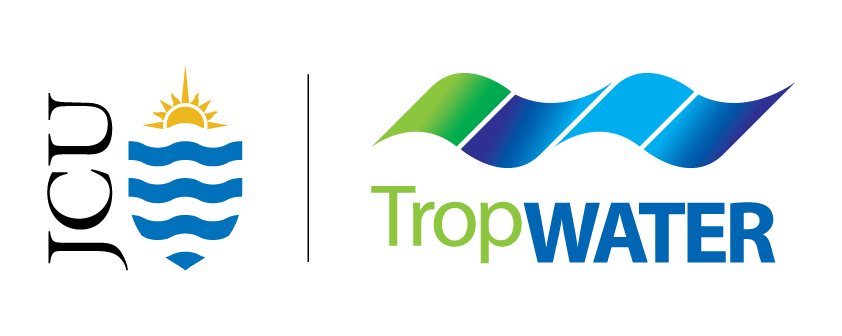
Townsville
Location
Dugongs feed primarily on seagrass, but it is not known whether dugongs actively seek out or avoid any species that live within seagrass meadows like, sea cucumbers, sea squirts, sponges.
This project will analyse dugong poo using DNA methods to identify what dugongs are eating other than seagrass. This will give us clues about what makes a seagrass habitat most beneficial for them.
It will also assess eDNA methods on poo faeces collected to accurately determine if it came from a dugong or turtle. This has the potential to help communities identify if the marine mammals are present in the area, especially in regions where populations have significantly declined or hard to find.
Key points
Assessing dugong poo using eDNA
Eating habits of dugongs
Dugongs feed primarily on seagrass. They also incidentally consume species found living in seagrass such as sea cucumbers, soft corals, and sea squirts. However, little is known about whether dugongs actively seek out or avoid any of the species found in seagrass habitats, especially when seagrass is scarce.
Knowing more about dugong feeding behaviours, including what marine species they prefer to eat, could improve our understanding of which seagrass meadows best support this iconic megafauna.
DNA traces provide a unique way to determine what dugongs are eating.
Finding clues in poo
This project is breaking new ground by using non-intrusive eDNA methods to analyse dugong poo, offering detailed insights into their diets.
Our researchers will collect and analyse up to 20 samples during surveys across 350 square kilometres of seagrass meadows in the Townsville region.
The team will then use two DNA analysis methods on these samples to detect what marine species dugongs are consuming:
Mini eDNA kits will be used to determine whether the sample is dugong or turtle poo, and the presence or absence of marine species. As these kits were designed for water sampling, samples will be suspended in distilled water for analysis.
Conventional DNA analysis will confirm whether the sample is dugong or turtle poo and provide more detailed results on presence of DNA of other species in the sample.
This work is connected a broader project by our researchers assessing seagrass habitats in the Townsville region. Our researchers will compare all DNA results with species recorded during the seagrass surveys.
How these insights progress dugong conservation
Determining what species dugongs are consuming will reveal if dugongs have specific food preferences or if they eat any available seagrass and any species living within these meadows. The presence of species not recorded locally – including types of seagrass as well as sea cucumbers, sponges, and other animals living among seagrass –may also suggest the Townsville dugong population is traveling farther, possibly to find food.
This will expand our understanding of dugong behaviour and help assess the ability of seagrass meadows to support their preferred foods. The research will help protect vital seagrass habitats and support conservation efforts for endangered dugong populations globally.
Researchers will also compare mini eDNA kits with conventional DNA analysis to see if these kits can be used to reliably study marine megafauna feeding habits. If successful, mini eDNA kits could offer an affordable, accessible way to study dugong feeding behaviour in other regions with endangered populations.
This project can answer key questions without disturbing these endangered animals.
Project details
This project is led by Dr Samantha Tol and Skye McKenna, in collaboration with Dr Joseph Di Battista from Griffith University. The project is funded by the Port of Townsville and a private donation from Sandra Hudspith.
Research support


Research leads







